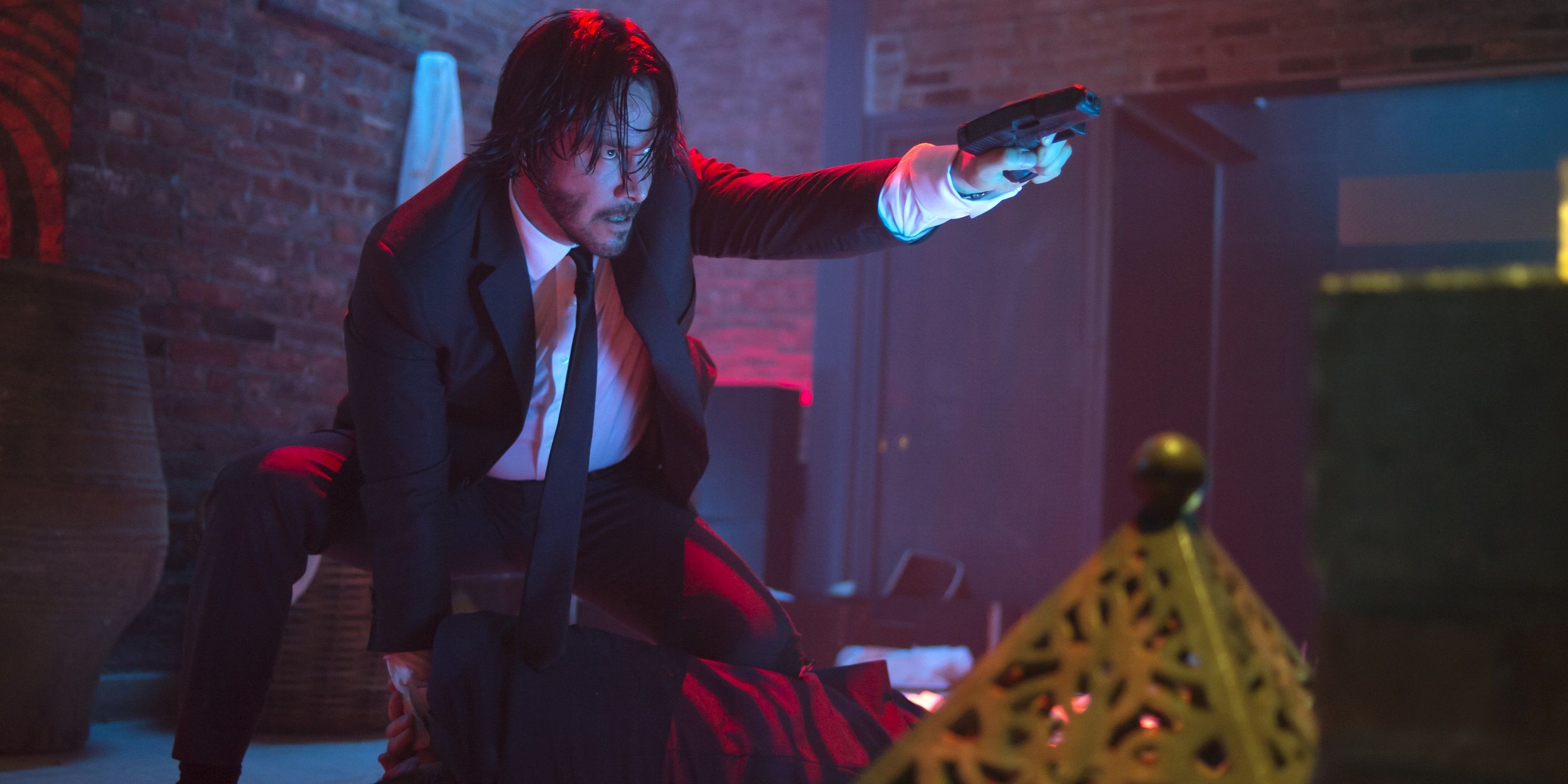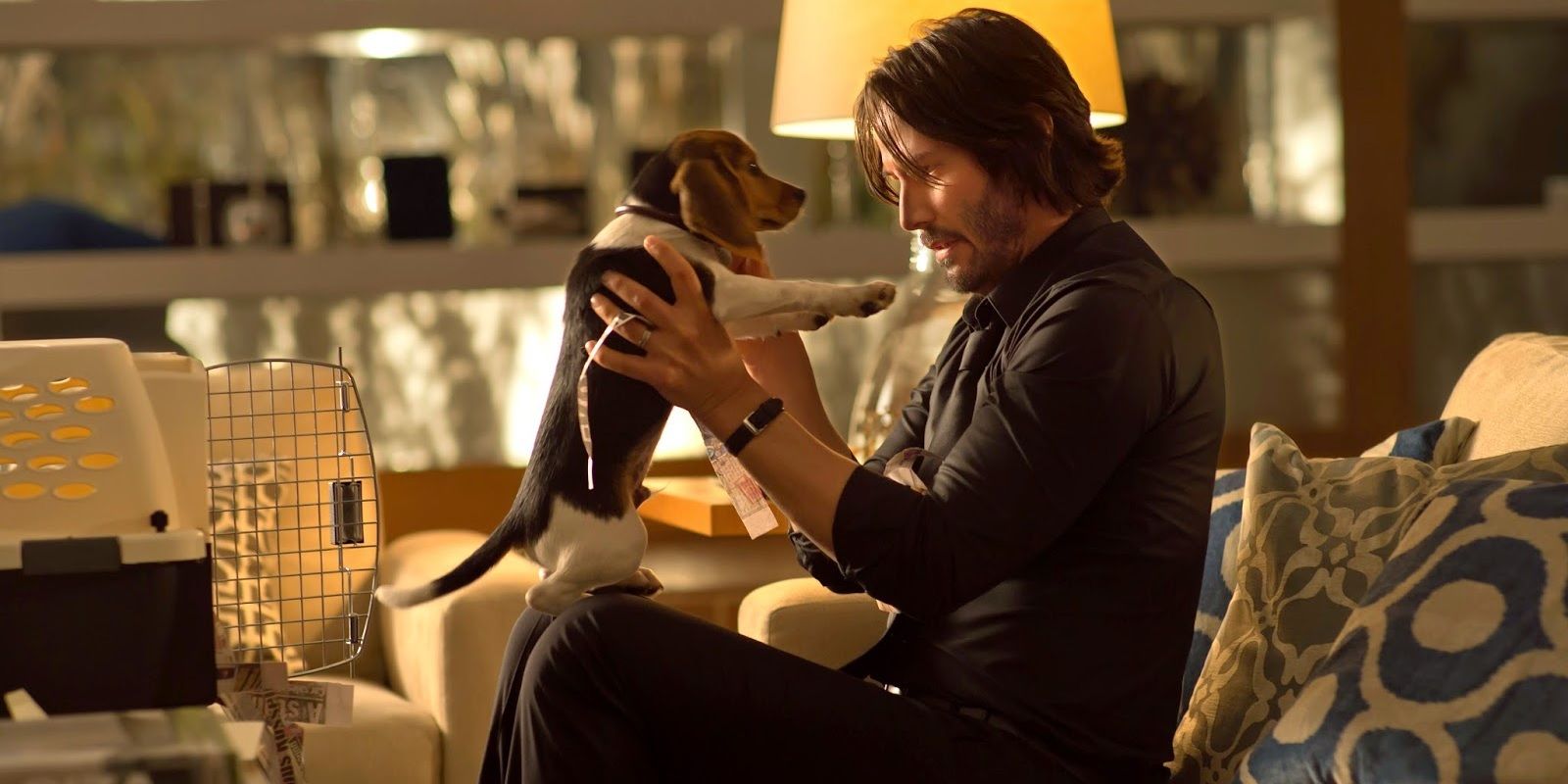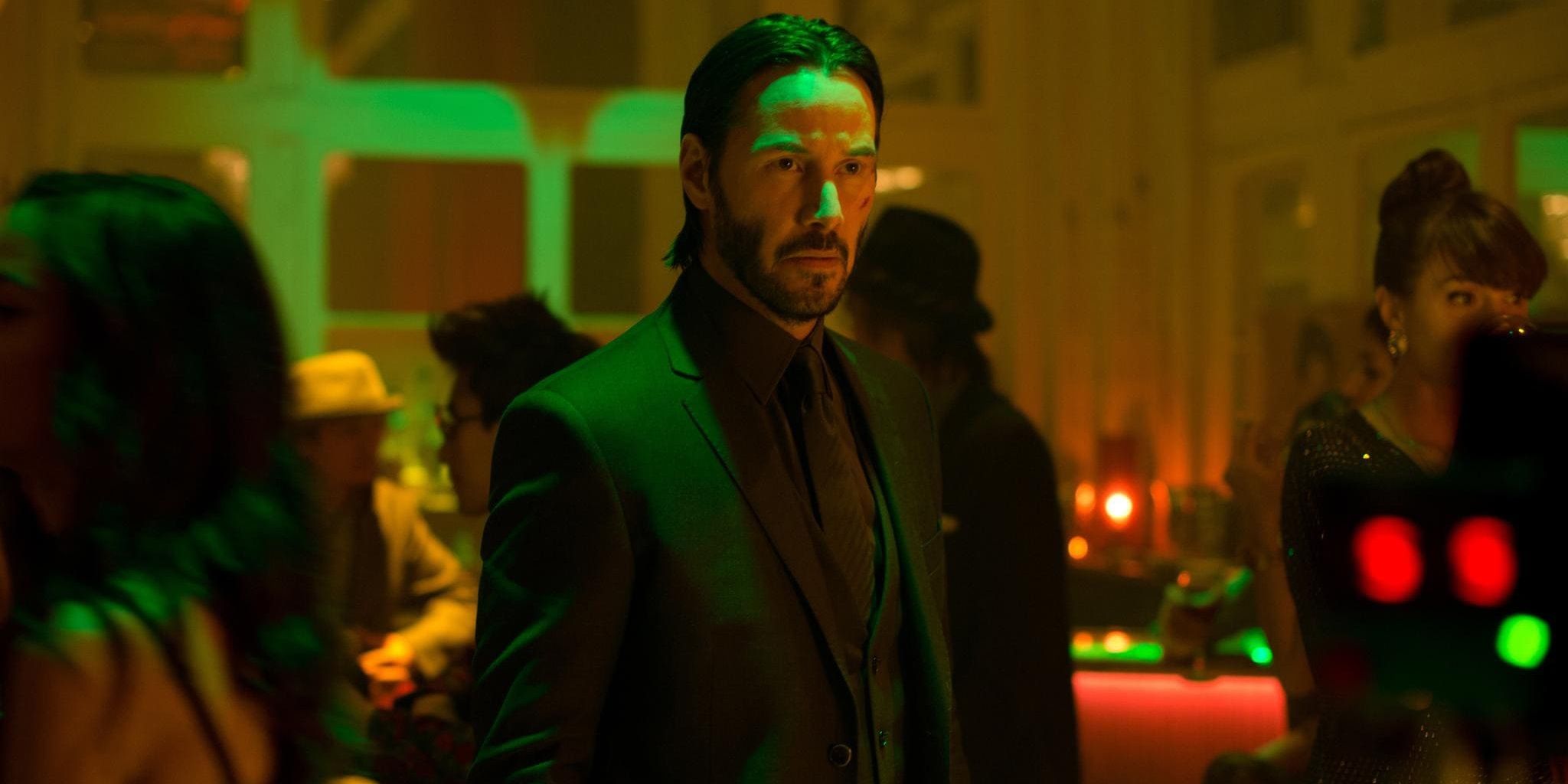With the franchise’s highly anticipated back-to-back fourth and fifth installments on the way and Keanu Reeves’ reinvigorated star power continuing to rise every day, it’s fair to say that John Wick has been one of the most unexpected Hollywood success stories in recent years. The original 2014 movie, directed by Chad Stahelski and an uncredited David Leitch, could’ve easily been dismissed as a run-of-the-mill revenge thriller, but a few key aspects made it a modern classic that launched a lucrative unprecedented hard-R action franchise.
Obviously, without discrediting the contributions of the rest of the cast and crew, the success of John Wick can mostly be attributed to Reeves himself. His committed performance as a grieving hitman is a cut above the usual surface-level pathos found in action hero performances.
Not only did Reeves dedicate himself to the nuances of a solitary killer silently mourning the loss of his wife; he also fully dedicated himself to the physicality of the role. In the average Marvel blockbuster or direct-to-video Bruce Willis actioner, the editors have to cut around when the actors are swapped out for their stunt doubles. In John Wick, the editors could linger on action shots for as long as they wanted, because Reeves was the one doing all the fight choreography and elaborate gunplay.
Aside from the promise of seeing Reeves in the role of a legendary hitman, one of the elements that made John Wick stand out to moviegoers when it was released in 2014 was the boldness of killing off an adorable puppy in gruesome fashion. The fact that the movie’s inciting incident is the cutest dog in the world being shot dead launched a word-of-mouth marketing campaign more effective than any ad space money can buy.
Studio executives reportedly wanted to swap out the puppy for John’s family. Instead of seeking vengeance for the death of the pet his late wife left him, John would’ve sought vengeance for the death of his entire family. This familiar setup, already seen in dozens of generic, predictable vigilante thrillers, would’ve taken away everything that made the John Wick script unique. The death of that adorable beagle tells the audience that there’s no line this movie won’t cross and it’s going to be a brutal ride. Killing John’s whole family would tell the audience they’re in for two hours of the same movie they’ve seen countless times before. Thankfully, the filmmakers fought to keep the puppy’s death and the rest is history.
Above all, John Wick is an action movie. What fans are looking for when they buy a ticket for an action movie are spectacular fight scenes, shootouts, car chases, explosions – they want excitement and suspense and danger. Directors Stahelski and Leitch’s background is in stunt work – they’d previously worked with Reeves as stunt coordinators on The Matrix movies – so they had that department covered. Their experience, paired with Reeves’ commitment to getting it right, ensured that the action scenes in John Wick would be much more beautifully staged, shot, and realized than the action scenes in most of the other thrillers getting churned out by Hollywood.
In addition to drawing on their history as stunt coordinators, Stahelski and Leitch brought a sumptuous visual style to the table. When they were visualizing Kolstad’s script, the directors took inspiration from all kinds of existing classics, from spaghetti westerns to anime. Primarily, with the high-contrast lighting and gloomy palette, the movie draws on film noir. The nightclub where the iconic shootout takes place, “The Red Circle,” is named after Jean-Pierre Melville’s gritty neo-noir masterpiece Le Cercle Rouge, a major influence on John Wick’s stylized realism. From John Boorman’s Point Blank to John Woo’s The Killer, Stahelski and Leitch’s disparate reference points gave John Wick a unique look to distinguish it from its factory-line peers.
While John Wick was never guaranteed to be a long-running franchise that managed to contend with the Avengers at the box office, the stage was set for a number of sequels to follow. Derek Kolstad’s script is filled with masterful worldbuilding. The worldbuilding never gets in the way of the plot – it’s only ever there to help the plot move along – but it establishes a much wider fictional universe, as John is shown to be part of a global network of assassins with its own hotel chain. Concepts like the Continental were so exciting and new that audiences couldn’t wait to explore this world further.
Ultimately, there’s no special ingredient that makes John Wick an imitable template for a relatively low-budget movie that launches a high-grossing franchise. Stahelski, Leitch, Reeves, and co. all just set out to make the best movie they could – the only sure-fire way to get through to a wide audience. John Wick’s intimate portrait of its tortured lead character (and the murder of his puppy) made him an antihero that audiences could root for and, as a result, they wanted to see more of his adventures.



